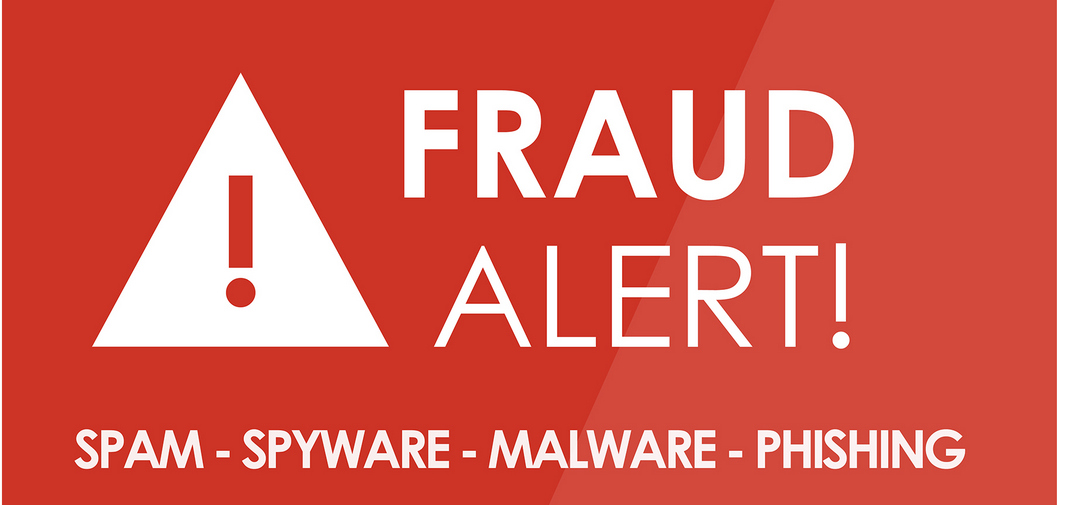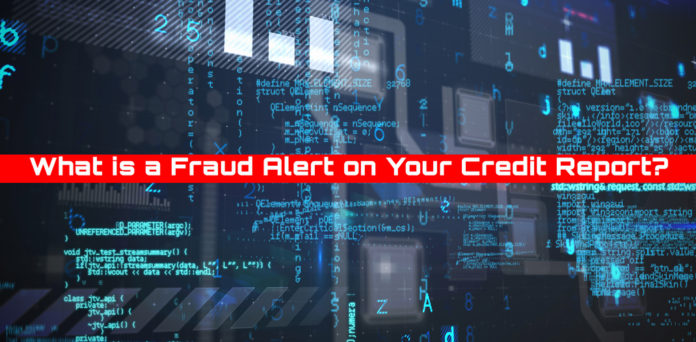News of data breaches causes concerns for even the most careful consumers. If your personal information lands in the wrong hands, a thief can open accounts in your name and leave you to deal with the fallout of the fraudulent accounts. Perhaps one of the worst things about fraud and identity theft is that you may not realize your identity has been compromised until you’re trying to apply for credit cards or loans of your own. While you won’t be held liable for fraudulent accounts, you’ll still have to spend your time clearing up the theft. Placing a fraud alert on your credit report can help you prevent your identity being stolen.
Whenever you apply for credit (or someone does it in your name), the creditor checks your credit report to determine whether you qualify. Under normal circumstances, the creditor has no reason to suspect that anyone applying for credit in your name isn’t actually you. However, you can use a fraud alert to warn businesses of the possibility that someone else could be applying for credit in your name.
A fraud alert goes on your credit report and warns creditors and lenders that they should take extra steps to confirm your identity before approving any applications made in your name. Because businesses are supposed to go through additional steps to verify your identity, a fraud alert prevents thieves from opening accounts in your name. It can help you protect yourself from identity theft.
The Fair Credit Reporting Act allows all consumers to place a fraud alert on their credit reports with the three major credit bureaus for free. Beware of any business that charges you a fee to add a fraud alert to your credit report.

Types of Fraud Alerts
There are three types of fraud alerts you can place on your credit report. The type of fraud alert you place on your credit report largely depends on whether you’ve been already been a victim of identity theft. If you’ve already had your identity stolen – and you can prove it – you may need a stronger type of fraud alert to protect your identity from future theft.
Initial Fraud Alert
An initial fraud alert stays on your credit report for at least 90 days. This type of fraud alert is ideal if you are concerned that you might become a victim of fraud or identity theft, but you haven’t been a victim yet. You might place a fraud alert on your credit report if your personal information has been lost, stolen, or compromised in a data breach. For example, you could place a fraud alert on your credit report if you lost your wallet or receive a notification that your information was compromised in a data breach.
You don’t need to provide an investigative report or any proof that you’ve been a victim of identity theft to place an initial fraud alert on your credit report. You only have to provide proof of your identity.
You only have to place the initial fraud alert on one of your credit reports. That credit bureau will notify the remaining two credit bureaus that they should also place a fraud alert on your credit reports. The initial fraud alert expires after 90 days, but you can place another fraud alert if you believe you’re still at risk. If you think you’ll want to add another fraud alert to your credit report, mark your calendar so you can keep up with the date.
After you place a fraud alert on your credit report, you’re entitled to a free credit report. You can use this free credit report to keep an eye on your credit information and clear up any fraudulent accounts that have already been opened.
Extended Fraud Alert
An extended fraud alert stays on your credit report for seven years. You’d use this type of fraud alert if you’ve already been a victim of identity theft or fraud. To place an extended fraud alert on your credit report, provide the credit bureau with a copy of the an identity theft report showing that you’ve been a victim of identity theft. You can obtain a report from your local police department, the Postal Inspection Service, or Department of Motor Vehicles.
Placing an extended fraud alert on your credit report entitles you to two free credit reports from all three major credit bureaus in the first 12 months after you place the fraud alert. Your name is also removed from all prescreened offer list for five years – this means you won’t receive any pre-approved credit card offers during that time. Ordinarily, you would go to www.optoutprescreen.com to remove your name from prescreened offers.

Active Duty Fraud Alert
An active duty fraud alert stays on your credit report for one year. If you’re in the military and want to protect your identity while you’re deployed, you can place an active duty fraud alert on your credit report. Since you won’t be able to monitor your credit and personal information regularly while you’re away, a fraud alert can give you much needed peace of mind and less to deal with one ou return home. Like the other types of fraud alerts, you only have to place the active duty fraud alert with one of the credit bureaus and it will notify the other two credit bureaus of your alert.
In addition to protecting your credit from potential fraud, an active duty fraud alert removes your name from the prescreened offer list. You’re also entitled to a free copy of your credit report from each of the credit bureaus after adding an active duty fraud alert to your credit report.
How to Place or Remove a Fraud Alert on Your Credit Report
You can place each type of fraud alert on your credit report by contacting one of the three major credit bureaus. That credit bureau will then add notify the other two credit bureaus to place fraud alerts on your remaining credit reports.
Equifax – www.equifax.com or by calling 1-888-766-0008
Experian – www.experian.com or by calling 1-888-397-3742
TransUnion – www.transunion.com or by calling 1-800-680-7289
If you decide to place a fraud alert on your credit report online, you may have to create an account with the credit bureaus to add a fraud alert. Creating an account means you set up a username and password so you can logon to update and maintain the fraud alert and your credit account.
When you add a fraud alert to your credit report online, you’ll have to enter some personal information, so the credit bureau can confirm that it’s really you. For example, you can expect to enter your name, address, date or birth, and social security number. You might also have to answer a few verification questions pertaining to accounts you’ve owned – you’re the only one who would know the answers to these questions.
The Impact of Adding a Fraud Alert
Placing a fraud alert doesn’t affect your credit score – it’s not a factor that’s included in the credit scoring calculation. It also won’t affect any of your existing credit accounts. You’ll still be able to use your accounts as you normally would.
Note that once you place a fraud alert on your credit report, it may be a little more difficult to complete new credit applications. That’s because the lender has to go through an extra step to make sure you’re applying for credit. That might mean calling the number you gave when you added the fraud alert, asking for additional identification documents, or asking verification questions that only you would know the answer to. As long as you provide the necessary information, you’ll be able to proceed through the application process as normal.
A fraud alert isn’t completely foolproof. It requires the lender to follow up with the fraud alert. The fraud alert also doesn’t prevent account takeover fraud – where a thief changes information on your existing credit card, loan, or bank accounts. Thieves might also be able to open up accounts that don’t require a credit check with any of the major credit bureaus.
If you need stronger protection, you can add a security freeze to your credit report. The security freeze completely locks your credit report and prevents businesses from checking your credit at all. You would have to temporarily lift the credit freeze in advance of your own credit applications.

Removing a Fraud Alert From Your Credit Report
A fraud alert doesn’t have to be permanent, even if you’ve chosen the extended fraud alert. You can remove a fraud alert from your credit report at any time by contacting just one of the three major credit bureaus. If you created an online account to add your fraud alert, you can logon to that account to remove the fraud alert. You might remove the fraud alert if you no longer suspect your identity is at risk. It may take several days for the fraud alert to lift from your credit report, so don’t make your request at the last minute.
If you don’t prematurely remove the fraud alert, you can simply allow it to expire and your credit report will return to normal. You can always add the fraud alert to your credit report again if you need to.


